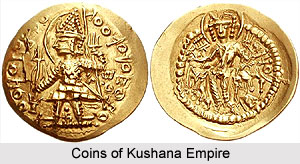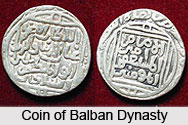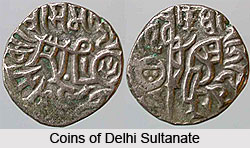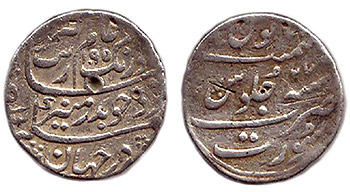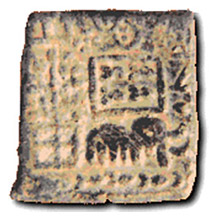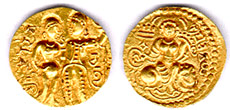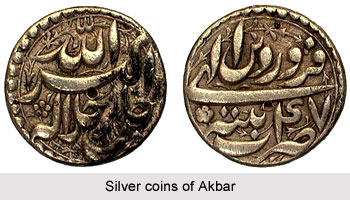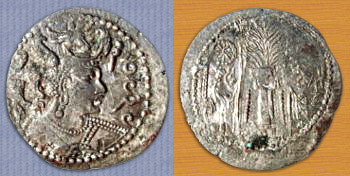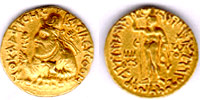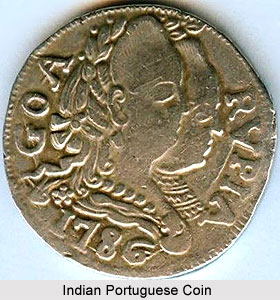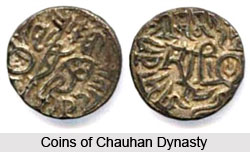 Coins of Chauhan Dynasty were issued by both Ayaja Raja and his queen Somalekha. Coins of Chauhan Dynasty were billon drammas, of the general style similar to that of the Lakshmi-type gold coins. But, the coins struck on narrower, thicker planchets that suited the quality of the metal. Archaeological findings have revealed that the Ajaya coinage circulated in the Chauhan kingdom were limited to the area south of Mewar. It was a sanctioned currency. Coins of Chauhan Dynasty were little heavier than the contemporary gadhaiya paisa of the Chaulukya kingdom, and certainly of a lower net silver content.
Coins of Chauhan Dynasty were issued by both Ayaja Raja and his queen Somalekha. Coins of Chauhan Dynasty were billon drammas, of the general style similar to that of the Lakshmi-type gold coins. But, the coins struck on narrower, thicker planchets that suited the quality of the metal. Archaeological findings have revealed that the Ajaya coinage circulated in the Chauhan kingdom were limited to the area south of Mewar. It was a sanctioned currency. Coins of Chauhan Dynasty were little heavier than the contemporary gadhaiya paisa of the Chaulukya kingdom, and certainly of a lower net silver content.
The coins of Chauhan Dynasty were copper made, with a crude horseman on the reverse and the queen`s name, `Somala Devi`, on the obverse. The name Somala Devi has been connected with Somalekha the Chauhan queen by inscriptional usage. For centuries following the Hun invasions of the sixth century, copper coins with a crude representation of Lord Shiva and Nandi, of the so-called `Kota` family of coins, were the dominant coinage during the rule of Chauhan Dynasty. A solitary coin type of the Somala Devi copper coinage has a man and elephant motif, and may represent a very short-lived design experiment and it represented however an attempt to launch a new coinage by masking it in the mantle of old and accepted coinage.
The Somala Devi coinage did not cease with the death of the queen who was its ostensible issuer; there are late degenerate types with highly stylised horseman designs and the legend named `sri sonmala devi`. This legend suggests that the coins were issued so long after her death that her name ceased to have meaning. The infinite sub-varieties, palaeographic differences, weights and sizes etc. indicate that the coins of Chauhan Dynasty were in all probability manufactured not only in the life time of Somala Devi but even after her death and they remained in circulation for long in the Chauhan territory.
The dual-metal (nominally silver) and pure copper coinages issued by the Chauhans in the early twelfth century, met a local need for currency. Both billon and copper coins were design hybrids which adopted familiar elements of coin types already accepted by citizens of their territories. By adopting as model the coinage of neither but opting for an independent variety in their currency, the Chauhans were motivated both by considerations of prestige and local monetary preferences. The result, predictably, was that the area of circulation of these new coins was restricted to those places where the Chauhans had influence.
